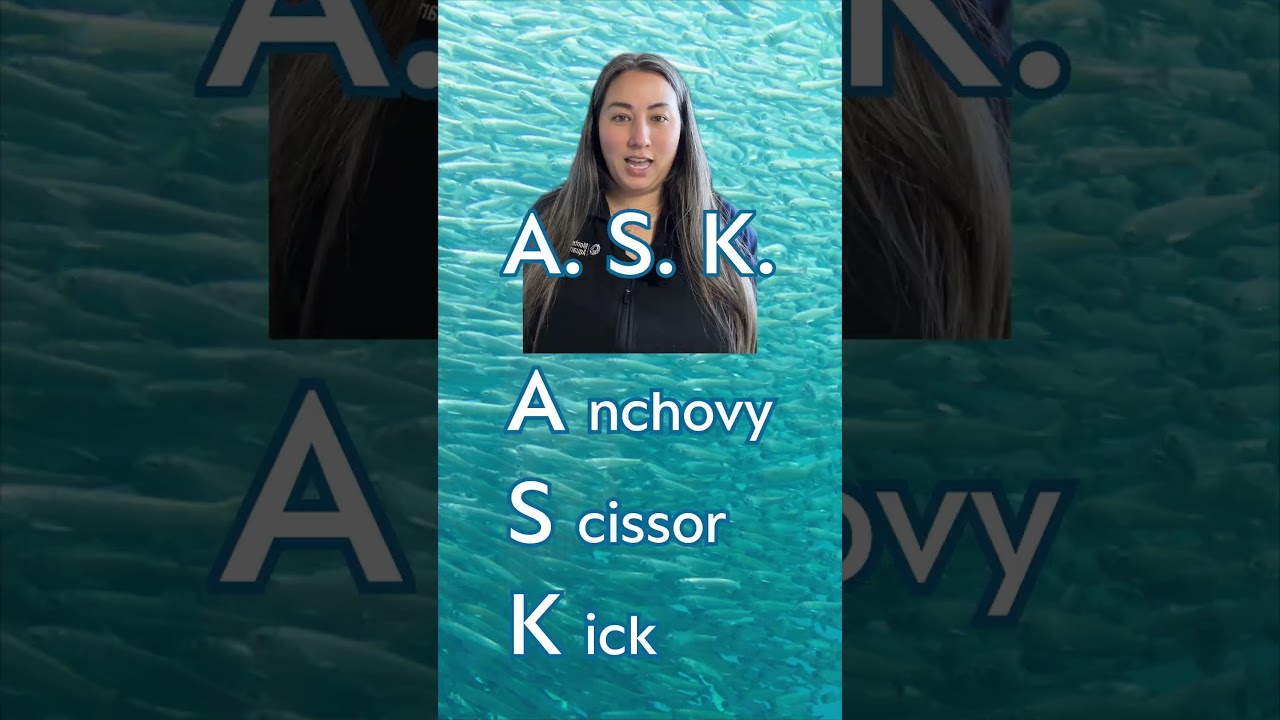- Key Differences Between Sardines and Anchovies: Taxonomy and Physical Characteristics
- Habitat, Behavior, and Ecological Significance
- Nutritional Value and Human Consumption
- Conservation Concerns and Management Strategies
- Sardines and Anchovies in Culture and Economy
Sardines and anchovies often get lumped together due to their similar size and use in culinary dishes, but they differ significantly in several key aspects. Understanding these differences can provide better insights into their ecological roles, conservation needs, and cultural significance.
Key Differences Between Sardines and Anchovies: Taxonomy and Physical Characteristics
Sardines belong to the Clupeidae family, whereas anchovies are part of the Engraulidae family. These distinctions are crucial for taxonomic classification in zoology. Sardines typically have a rounded body, silver color, and large scales, while anchovies are more slender, with a translucent body and smaller scales.
Sardines usually grow up to 20 centimeters in length. Anchovies tend to be smaller, averaging 15 centimeters. The mouth structure also sets them apart; sardines have a mouth positioned more centrally, whereas anchovies possess a protruding snout and an under-slung jaw.
Taxonomists use these physical characteristics to identify and classify these species accurately. Such distinctions aid in studies related to their breeding habits, lifespan, and roles within marine ecosystems.
Habitat, Behavior, and Ecological Significance
Sardines are commonly found in temperate and subtropical waters, predominantly along coastal regions. They are known for their schooling behavior, forming massive groups that can stretch for miles. This schooling behavior confers several advantages, including protection from predators and increased foraging efficiency.
Anchovies, on the other hand, are more adaptable and inhabit a broader range of marine environments, from the open ocean to estuaries. They are also highly gregarious and form large schools similar to sardines. However, they often exhibit vertical migration, moving to deeper waters during the day and ascending to the surface at night.
Both species play pivotal roles in the marine food web. Sardines feed primarily on plankton, filtering microscopic organisms using their specialized gill rakers. Anchovies have a more varied diet that includes zooplankton and small fish. These feeding habits make them both vital prey for larger marine creatures like tuna, seabirds, and marine mammals.
Nutritional Value and Human Consumption
Sardines and anchovies are rich sources of omega-3 fatty acids, essential for cardiovascular health. They are also high in protein, vitamins (like B12 and D), and minerals, making them valuable dietary components. Despite their small size, both fish pack a nutritional punch.
In culinary contexts, sardines and anchovies are utilized differently. Sardines are often grilled, canned, or pickled. They have a milder flavor that complements various dishes. Anchovies, however, are more frequently used as a seasoning ingredient due to their intense, salty flavor. They are commonly found in sauces, salads, and as pizza toppings.
The demand for these fish has implications for fisheries and conservation strategies. The overfishing of sardines and anchovies can lead to population declines, affecting not only human consumption but also the species depending on them for food.
Conservation Concerns and Management Strategies
Both sardines and anchovies are subject to overfishing due to their economic value. Overfishing disrupts ecosystem balance, resulting in reduced populations of these species and the predators that rely on them.
Effective management strategies involve setting catch limits, monitoring fish stocks, and implementing marine protected areas. International collaboration is often required to regulate fishing practices, given that these species migrate across national boundaries.
Additionally, the effects of climate change, such as ocean warming and acidification, add layers of complexity to conservation efforts. These environmental changes can alter the distribution and reproductive patterns of sardines and anchovies, complicating management strategies.
Sardines and Anchovies in Culture and Economy
Sardines and anchovies have long-held significance in various cultures and economies. In Mediterranean cultures, sardines are a staple, often enjoyed fresh or preserved. Historically, they have been celebrated in festivals, symbolizing abundance and community.
Anchovies hold a special place in culinary traditions around the world. Notably, they are a key ingredient in Mediterranean and Asian cuisines. Their economic value extends to their use in fishmeal, which supports aquaculture and agricultural industries.
Understanding their cultural and economic roles helps in framing policies that protect these species while maintaining their availability for future generations. Balancing economic needs with sustainable practices is vital for ensuring that sardines and anchovies continue to thrive and support both ecosystems and human communities.
By appreciating the differences and commonalities between sardines and anchovies, one can better understand the critical roles they play in marine environments, human diets, and global economies. Emphasizing conservation and sustainable management practices will help preserve these species for the benefit of all.
*****
Source Description
🐟 Think all these fishies are the same? Think again! Dive into the deets with us to spot the differences between sardines and anchovies. Spoiler alert 🚨 All you need to do is A.S.K.! 😉
From booming catches to massive busts, the history of sardines and anchovies in Monterey Bay reminds us that sustainable fishing practices are key to keeping our oceans thriving.
____
Whale hello there! We hope you liked this video. Subscribe to our channel for more from the Monterey Bay and our mission to inspire conservation of the ocean:
https://www.youtube.com/subscription_center?add_user=montereybayaquarium
We’re on Facebook: https://www.facebook.com/montereybayaquarium
And Instagram! https://www.instagram.com/montereybayaquarium
And Tumblr! https://www.tumblr.com/blog/montereybayaquarium
And Twitch! https://www.twitch.tv/montereyaq
And TikTok! https://www.tiktok.com/@montereyaq
And Discord! https://discord.gg/montereybayaquarium
And subscribe to our emails here: https://montereybayaquarium.org/subscribe

